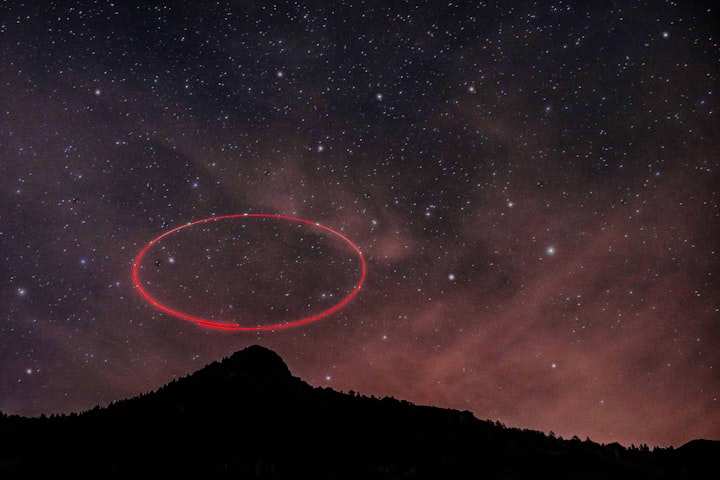The science of alien life
science of alien life

For many years, scientists have been researching the possibilities of alien life. There are several hypotheses on what extraterrestrial life may look like, what circumstances it would flourish in, and how we might discover it.
For millennia, many people have been fascinated by the hunt for extraterrestrial life. But, it wasn't until recently that humans began to really investigate the possibilities of life beyond Earth. In this discussion, we will look at the scientific theories and studies that have led to the quest for extraterrestrial life.
Carbon, hydrogen, nitrogen, oxygen, phosphorus, and sulfur are the primary building components of life as we know it. When these elements combine in certain ways, they generate the fundamental molecules required for life, such as DNA, RNA, and amino acids. As a result, scientists have concentrated their search for extraterrestrial life on worlds that have circumstances comparable to Earth, such as liquid water and a stable atmosphere.
Scientists explore for habitable exoplanets or planets that orbit stars beyond our solar system, as one of the key ways they search for extraterrestrial life. The Kepler Space Telescope, which was launched in 2009, has been critical in this endeavor, discovering hundreds of possible exoplanets by monitoring light dimming when they pass in front of their home stars. Nevertheless, just identifying an exoplanet is insufficient to tell whether or not it is habitable.
Scientists must analyze an exoplanet's atmosphere to determine if it is livable. This is accomplished by studying the light that travels through the atmosphere of the planet when it transits in front of its host star. Scientists may determine the chemical makeup of the planet's atmosphere by analyzing the spectrum of this light, including the existence of oxygen and methane, both of which are crucial markers of biological activity.
The James Webb Space Telescope, which is set to debut in 2021, will be able to study exoplanet atmospheres in more detail than ever before. Scientists expect to identify the existence of water vapor, carbon dioxide, and other compounds that might indicate the presence of life using modern infrared equipment.
In addition to Mars, scientists are interested in Jupiter and Saturn's moons, such as Europa and Enceladus, which are thought to have subterranean seas of liquid water. These seas may include amino acids and other organic compounds, which are critical building blocks for life. Future trips to these moons will very certainly require digging through their frozen surfaces to explore the ocean under their surface.
The identification of phosphine gas in Venus's atmosphere has been one of the most intriguing recent discoveries in the quest for extraterrestrial life. Phosphine is a gas generated by some types of bacteria on Earth, and scientists believe it might be a hint of life on Venus. Nonetheless, the discovery remains extremely contentious, and further study is required to validate or deny this idea.
Ultimately, the hunt for extraterrestrial life is a complicated and continuous scientific endeavor that spans fields ranging from astronomy and planetary science to biology and chemistry. While no solid proof of extraterrestrial life has been discovered, the quest continues, motivated by the conviction that we are not alone in the universe.As a result, scientists have concentrated their search for extraterrestrial life on worlds that have circumstances comparable to Earth, such as liquid water and a stable atmosphere.But, it wasn't until recently that humans began to really investigate the possibilities of life beyond Earth. In this discussion, we will look at the scientific theories and studies that have led to the quest for extraterrestrial life
The identification of phosphine gas in Venus's atmosphere has been one of the most intriguing recent discoveries in the quest for extraterrestrial life. Phosphine is a gas generated by some types of bacteria on Earth, and scientists believe it might be a hint of life on Venus. Nonetheless, the discovery remains extremely contentious, and further study is required to validate or deny this idea.
About the Creator
Amazing_nature
nature is best gift in tha world






Comments
There are no comments for this story
Be the first to respond and start the conversation.